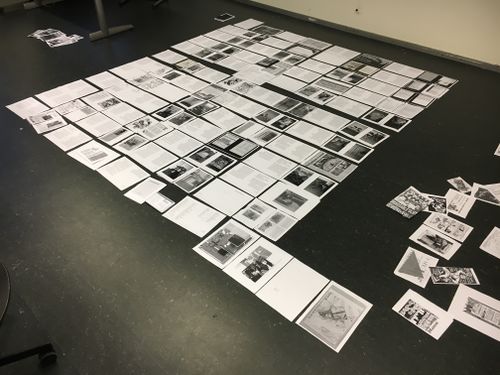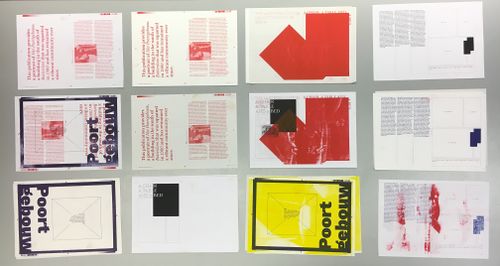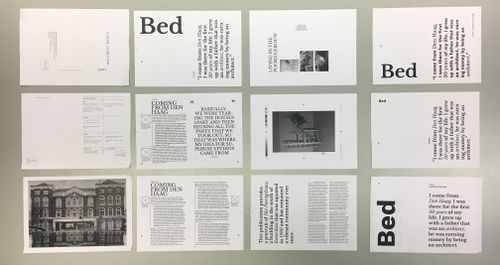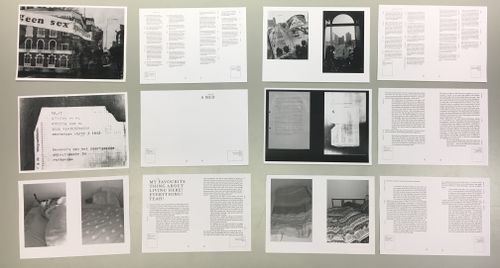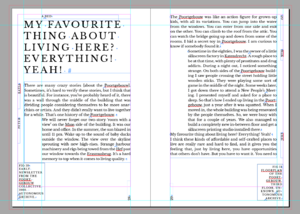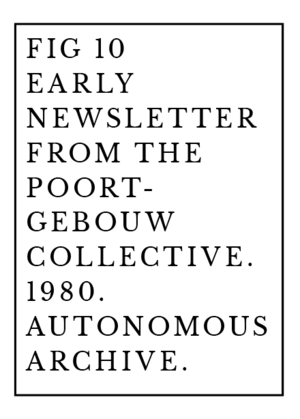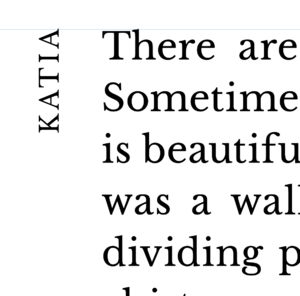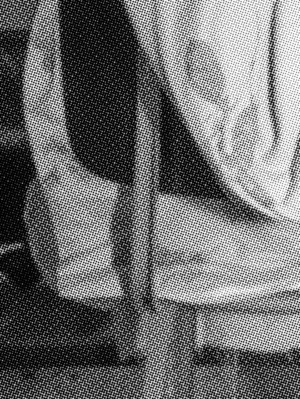Autonomous Archive/hand-curated/design-process: Difference between revisions
(→Layout) |
|||
| Line 32: | Line 32: | ||
==Typography== | ==Typography== | ||
'''*Libre Baskerville''' | |||
*open source | *open source | ||
*supporting the open spirit | *supporting the open spirit | ||
*referring to the time of PG 1879 | *referring to the time of PG 1879 | ||
*Industrialization | *Industrialization | ||
Revision as of 17:22, 3 December 2017
Process
Drafts
Layout
- Why the book as a medium?
- fixed structure & narrative vs database of wiki / archive.
- Haptic experience (Paper vs digital)
- Legitimacy
- Self-contained
- using the book as a statement / fixed object in time and space
- capturing a certain timeframe -> fixed
- creates access to the actual archive
Images
- the use of flash and verticals as a way of creating a consistent visual structure as a way to emphasize a lived in space
- rastering (give back the character of the old print mediums from zins of formal squatts)
Typography
*Libre Baskerville
- open source
- supporting the open spirit
- referring to the time of PG 1879
- Industrialization
- Eclecticism (architecture)
Metadata
- Metadata (tuned – information about interviewed people) (Alex)
- Layouting much text: how to generate tension
→using indents and iterating throughout the book
Paper
- Chromolux 700m(one sided glossy - one sided matt) on glossy side
- photography, on matt side - text. this way we used paper as well as an haptical communication element.
- contradiction of the building, inside - outside
- guide through the publication, seperate images and text (support structure)
- give value to archival material.
Printing & Binding
- Raddraier https://raddraaier.nl/
- former squat + printer for squats (connection to PG)

